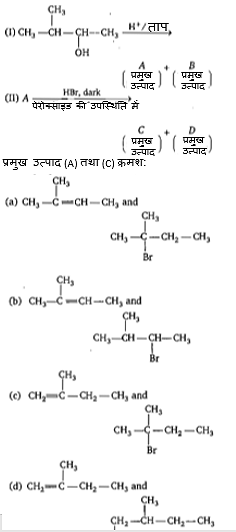Taking into account the stability of various carbocations and, as well as the rules governing mechanisms of carbocation rearrangements, which reaction is most likely to occur during the given reaction ?

1. 
2. 
3. 
4. None
विभिन्न कार्बधनायनों के स्थायित्व और साथ ही कार्बधनायन पुनर्व्यवस्था की क्रियाविधि को नियंत्रित करने वाले नियम को ध्यान में रखिये और बताइये कि दी गई अभिक्रिया के दौरान कौन सी अभिक्रिया होने की सबसे अधिक संभावना है?

1. 
2. 
3. 
4. कोई नहीं








Gas A
Gas B
Gas C
Gas (A+B+C)
gas mixture Gas X
Gas X is same is
1. Gas A + Gas B 2. Only Gas B
3. Gas B + Gas C 4. Only Gas A
गैस A
गैस B
गैस C
गैस (A + B + C)
गैस मिश्रण गैस X
गैस X किसके समान है?
1. गैस A + गैस B 2. केवल गैस B
3. गैस B + गैस C 4. केवल गैस A
When 2-butyne is treated with Pd-BaSO4; the product formed will be:
1. cis-2-butene
2. trans-2-butene
3. 1-butene
4. 2-hydroxy butane
जब 2-ब्यूटाइन को Pd-BaSO4 के साथ उपचारित किया जाता है, निर्मित उत्पाद क्या होगा?
1. समपक्ष-2-ब्यूटीन
2. विपक्ष-2-ब्यूटीन
3. 1-ब्यूटीन
4. 2-हाइड्रॉक्सी ब्यूटेन
Which of the following reactions generates the major product ? Ignore stereoisomerism
1. 
2. 
3. 
4. 
निम्नलिखित में से कौन सी अभिक्रिया मुख्य उत्पाद उत्पन्न करती है? त्रिविम समावयवता की उपेक्षा कीजिए
1. 
2. 
3. 
4. 

(a) (b)
Rate of reaction towards reduction using (H2/Pt):
1. a>b
2. a=b
3. b>a
4. Reduction of given molecule is not possible

(a) (b)
(H2/Pt) उपयोग कर अपचयन के प्रति अभिक्रिया की दर है:
1. a>b
2. a=b
3. b>a
4. दिए गए अणु का अपचयन संभव नहीं है
Fastest rate of electrophilic addition will take place in
| (1) | |
| (2) | |
| (3) | |
| (4) |  |
इलेक्ट्रॉनरागी संयोजन की सबसे तेज दर किसमें होगी?
| (1) | |
| (2) | |
| (3) | |
| (4) |  |
Which of the following corrently represents tthe rate of acid–catalysed hydration of followning alkenes.
(1) III > I > II > IV
(2) IV > III > II > I
(3) I > II > III > IV
(4) IV > III > II > I
निम्नलिखित में कौन निम्न एल्कीनों के अम्ल-उत्प्रेरकी जलयोजन की दर का सही ढंग से निरूपण है?
(1) III > I > II > IV
(2) IV > III > II > I
(3) I > II > III > IV
(4) IV > III > II > I

What is the major product of the above Friedel-Craft reaction?
1. 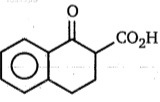
2. 
3. 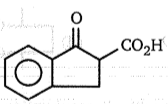
4. 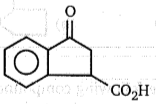

उपरोक्त फ्रीडेल-क्राफ्ट अभिक्रिया का मुख्य उत्पाद क्या है?
1. 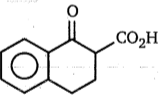
2. 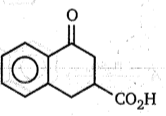
3. 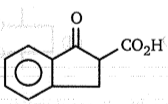
4. 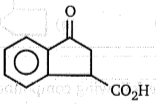



 ; Product (B) is:
; Product (B) is:











